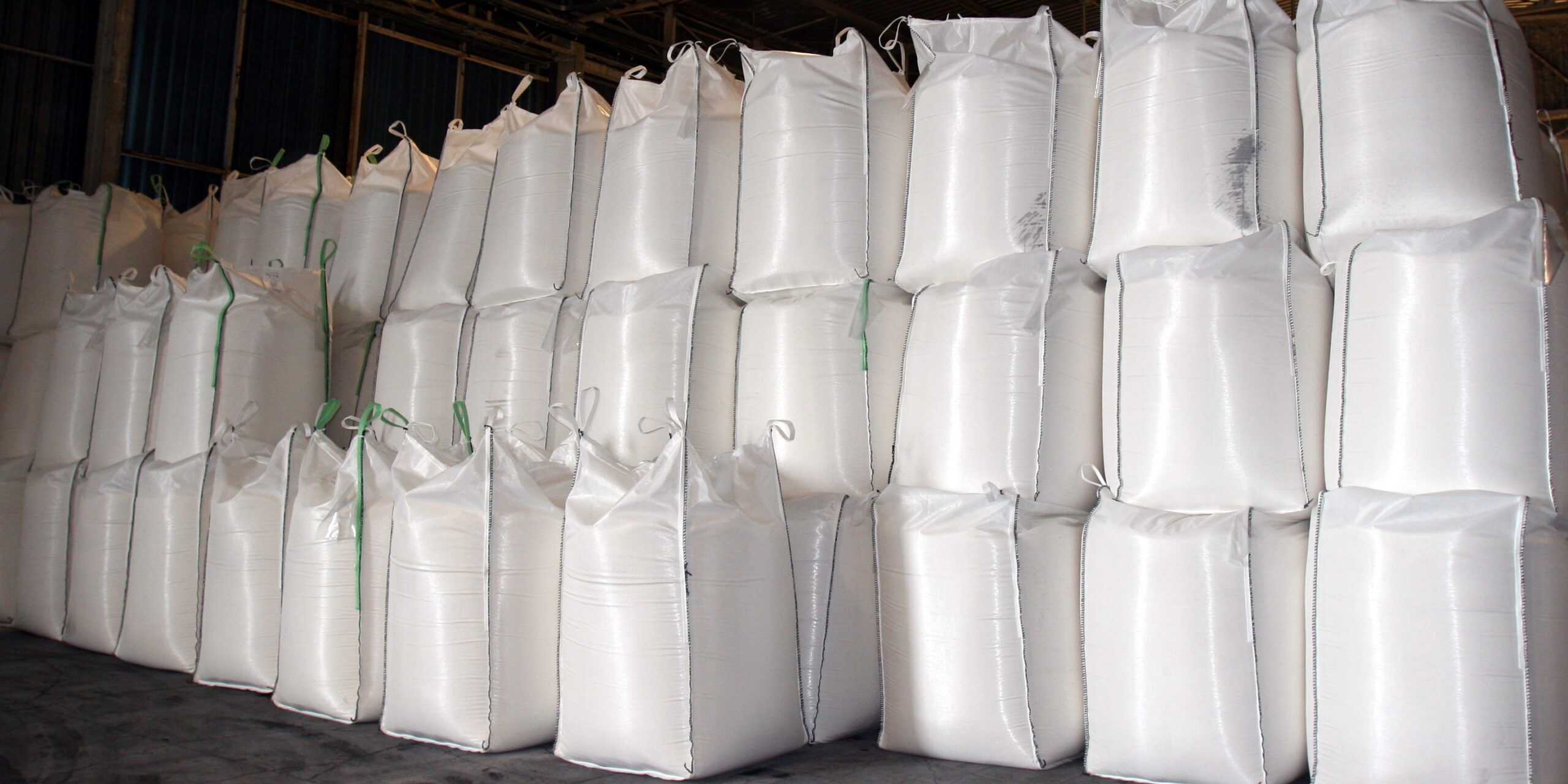We have mentioned it in our previous posts: Polypropylene. If that raises some questions, we are here to answer them. In this blog, we will dive deeper into the material of FIBCs and its characteristics.
A BIT OF HISTORY…
Long before FIBCs were manufactured as they are now, the forerunners of ‘’big bags’’ were made of jute. Later the bags were made of natural raffia, a type of palm originating from Africa. Neither of these two materials were suited for use in industrial quantities; they offered no benefits, nor were they environmentally friendly. This led to the development of a synthetic material, based on long-chain olefin synthetic polymer, a so-called thermoplastic.
POLYPROPYLENE IN FIBCS
The polypropylene fabric is extruded in either threads or ribbons and then woven in warp and weft to create the polypropylene fabric used for FIBCs.
Initially, this was not used in all industries. Only when its formulation was perfected, making it resistant to heat and light, the use of propylene FIBCs extended to the entire bulk industry.
Many of the advantages of the big bag are, in fact, properties of the polypropylene of which it is made. It is one of the most used materials in the industry and can be found in many applications: big bags, shopping bags, bags for animal food, and even in furniture. The reasons why this material is chosen for so many different products is because of its characteristics.
ADVANTAGES OF POLYPROPYLENE
Being a thermoplastic means that it is ductile and doesn’t lose its strength when hot or cold.
In addition, this kind of plastic material is especially lightweight, with just
0.9 g / cm³. It is one of the most suitable materials for contact with food and chemical products since it is inert, it preserves the chemical and organoleptic properties of the contained product and its water barrier keeps the humidity inside or prevents any humidity entering the packaging.
It is tough, durable and versatile. Therefore, the products made with this material are usually reusable and of great mechanical resistance, which can be incorporated into practically any manufacturing process.



